Kyambura Gorge
Kyambura Gorge is more than a geographical marvel; it is a sanctuary of unique ecosystems, a vital conservation area, and a magnet for travelers seeking intimate encounters with Uganda’s most fascinating wildlife. Understanding its location, best visiting times, activities, and surrounding attractions reveals why it remains one of Uganda’s hidden gems.
Where is Kyambura Gorge located?
Kyambura Gorge is situated in the eastern sector of Queen Elizabeth National Park, one of Uganda’s premier wildlife reserves. Stretching nearly 100 kilometers across western Uganda, the park is celebrated for its vast savannahs, volcanic craters, and shimmering lakes. Within this diverse landscape, Kyambura Gorge emerges as a remarkable contrast—a deep fissure formed by ancient geological activity and erosion from the Kyambura River.
The gorge itself extends for about 16 kilometers, plunging to depths of nearly 100 meters. It is covered in a dense tropical forest, nourished by the river that meanders through its base. Its location in the heart of Queen Elizabeth National Park makes it easily accessible to travelers exploring the region, while still maintaining an atmosphere of seclusion and mystery. From the gorge, panoramic views extend to the Rwenzori Mountains, often shrouded in mist, and to the volcanic craters scattered across the savannah plains, creating an otherworldly setting for exploration.
When is the best time to go to Kyambura Gorge?
The best time to visit Kyambura Gorge is largely dictated by Uganda’s climate, which is generally warm and tropical, with two distinct rainy and dry seasons. The dry seasons, occurring between December to February and June to September, are considered ideal for exploration. During these months, the forest trails within the gorge are more manageable, and chimpanzee tracking experiences tend to be more rewarding, as the primates are easier to locate in the drier vegetation.
The rainy seasons, spanning March to May and October to November, transform the gorge into a lush green paradise, with intensified bird activity and a vibrant atmosphere. However, trails can become slippery and challenging, requiring more physical stamina. For travelers seeking the most comfortable conditions for trekking and wildlife viewing, the dry months are highly recommended. Yet, the rainy seasons offer equally unique opportunities for those who enjoy verdant landscapes and fewer tourist crowds.
Things to do while at Kyambura Gorge?
A journey into Kyambura Gorge is often described as a descent into a lost world, and the activities available allow visitors to immerse themselves in both adventure and discovery. The most renowned experience in the gorge is chimpanzee tracking, a thrilling expedition where trekkers follow expert guides into the forest to locate habituated chimpanzee groups. Unlike the open savannah safaris of the rest of Queen Elizabeth National Park, the gorge offers a more intimate, up-close wildlife experience. Observing chimpanzees as they feed, groom, and communicate provides a rare glimpse into the behavioral complexity of our closest relatives.
Beyond chimpanzees, nature walks through the gorge are equally captivating. The winding trails reveal hidden waterfalls, scenic river crossings, and towering tree canopies. The gorge is also a haven for bird enthusiasts, with species such as the African finfoot, kingfishers, and bee-eaters thriving along the riverbanks. Every corner of the gorge seems alive with movement and sound, creating a sensory safari unlike any other in Uganda.
Photography is another rewarding pursuit within Kyambura Gorge. The play of light filtering through the dense forest canopy, combined with the contrast between the gorge and the surrounding savannah, creates striking visuals. Visitors often find themselves pausing simply to absorb the atmosphere, where every detail feels untouched and timeless.
Where to stay while at Kyambura Gorge?
The area surrounding Kyambura Gorge offers a range of accommodations that complement the natural beauty of Queen Elizabeth National Park. Luxury lodges provide breathtaking views of the Rift Valley escarpment, crater lakes, and the expansive savannahs, while mid-range and budget options allow travelers to enjoy comfortable stays closer to the park’s attractions.
Notably, eco-lodges situated near the gorge emphasize conservation and sustainability, blending seamlessly into the environment while offering modern amenities. Staying within or around the gorge area enhances the safari experience, as early morning excursions and evening relaxation unfold against the dramatic backdrop of the Rift Valley and the sounds of nocturnal wildlife. The choice of accommodation adds an important dimension to the journey, allowing visitors to connect more deeply with the wilderness.
How to get to Kyambura Gorge?
Reaching Kyambura Gorge is relatively straightforward, as it lies within Queen Elizabeth National Park, one of Uganda’s most accessible safari destinations. From Kampala, Uganda’s capital, the drive to the park takes approximately six to seven hours, covering around 400 kilometers via the Kampala–Mbarara–Kasese highway. Along the way, travelers are treated to picturesque scenery, including rolling hills, plantations, and glimpses of Lake Mburo National Park.
For those seeking quicker access, domestic flights are available from Entebbe International Airport to Kasese Airstrip, which lies close to Queen Elizabeth National Park. From there, a short drive leads to the gorge. Once inside the park, well-maintained roads connect the gorge to other attractions, making it an easy addition to a broader safari itinerary. The combination of accessibility and remoteness ensures that while the gorge is not difficult to reach, it retains a sense of exclusivity and adventure.
Wildlife and attractions at Kyambura Gorge
While chimpanzees are the crown jewel of Kyambura Gorge, the canyon teems with an extraordinary variety of wildlife. Troops of red-tailed monkeys, black-and-white colobus monkeys, and baboons can often be seen navigating the canopy and riverbanks. The gorge also shelters hippos that wallow in the river’s pools, as well as antelopes that occasionally venture into the forest.
Birdlife is another highlight, with over 300 recorded species. From the majestic crowned eagle soaring above the cliffs to the delicate sunbirds hidden among the blossoms, birdwatching here is as rewarding as in any part of the park.
Beyond the gorge, Queen Elizabeth National Park offers a wealth of attractions. Game drives on the Kasenyi plains reveal lions, elephants, and Uganda kob grazing on the vast savannah. The Kazinga Channel, linking Lake Edward and Lake George, provides one of the best boat safari experiences in Africa, with enormous congregations of hippos and crocodiles. Crater lakes scattered across the park add geological intrigue, while the backdrop of the Rwenzori Mountains enhances the park’s dramatic scenery. Visiting Kyambura Gorge in combination with these attractions ensures a diverse and comprehensive safari experience.

Kyambura Gorge
monthly guide
General Climate
January in Kyambura Gorge is warm and dry, with plenty of sunshine and minimal rainfall. The trails are firm and easy to navigate.
This is one of the peak times for chimpanzee tracking, as visibility in the forest is excellent and wildlife tends to be more concentrated near the river.
General Climate
February continues the dry season, with high daytime temperatures but cooler evenings. Rainfall is rare, keeping conditions favorable for trekking.
It is a great month for photographers, as clear skies and bright light enhance the contrast between the lush gorge and the golden savannah above.
General Climate
March marks the start of the long rainy season, with heavier showers and humid conditions inside the gorge. Trails may become slippery.
Despite the rain, the gorge becomes vibrantly green, and birdwatchers enjoy heightened activity, with many migratory species present.
General Climate
April is typically the wettest month, with persistent rains and high humidity. Temperatures remain warm but the forest is at its lushest.
For travelers who enjoy solitude, April offers fewer crowds and a chance to experience the gorge in its most pristine, rain-nourished state.
General Climate
Rainfall remains frequent in May, though showers are often shorter and interspersed with sunshine. The gorge is still very green and full of life.
Chimpanzee tracking is possible, and the dense vegetation creates a dramatic atmosphere, ideal for nature lovers seeking raw wilderness.
General Climate
June ushers in the dry season, with cooler, drier weather and reduced humidity. Trails are easier to walk, and the gorge feels refreshing.
This is an excellent time for trekking and wildlife viewing, as animals are more predictable in their movements around water sources.
General Climate
July remains dry, with pleasant daytime temperatures and cool mornings. The forest is less dense, offering better visibility.
Travelers enjoy one of the best times for chimpanzee tracking, and the likelihood of seeing them is very high. Safari conditions across Queen Elizabeth National Park are also at their best.
General Climate
August stays dry, with comfortable temperatures and very little rainfall. The forest canopy is more open, and the gorge is easy to explore.
It is a prime month for combining chimpanzee tracking in the gorge with game drives on the Kasenyi plains, making it perfect for longer safari itineraries.
General Climate
September is still part of the dry season, though light showers may begin towards the end of the month. Temperatures remain warm.
This is one of the most reliable months for chimpanzee sightings, while bird activity remains strong, giving travelers a well-rounded safari experience.
General Climate
October signals the return of the short rains, with increased humidity and more frequent showers, though not as intense as in April.
The gorge is revitalized by the rains, creating a fresh, green landscape. It is a rewarding time for birdwatchers and those seeking fewer crowds.
General Climate
November experiences moderate rainfall, with alternating showers and sunshine. The forest is thick and buzzing with life.
This month offers beautiful, dramatic scenery and a quieter atmosphere, making it ideal for travelers who want a more personal, immersive experience.
General Climate
December is the beginning of the short dry season, with warm days, clear skies, and occasional light showers.
The festive season attracts travelers, making it a lively time to visit. Conditions are perfect for trekking, wildlife photography, and combining the gorge with other attractions in Queen Elizabeth National Park.
Grandeur
Experience the grandeur of Africa with WildHorn Africa, where every safari is designed to showcase the continent’s breathtaking landscapes and majestic wildlife.
24/7 support
Enjoy peace of mind with 24/7 support from WildHorn Africa, ensuring expert assistance before, during, and after your safari adventure.
Safety
Your safety is our top priority at WildHorn Africa, with expertly guided safaris and trusted partners ensuring a secure and worry-free adventure.
Price-quality ratio
WildHorn Africa offers exceptional price-quality ratio, delivering top-tier safari experiences at competitive rates without compromising on comfort.
Featured Headlines

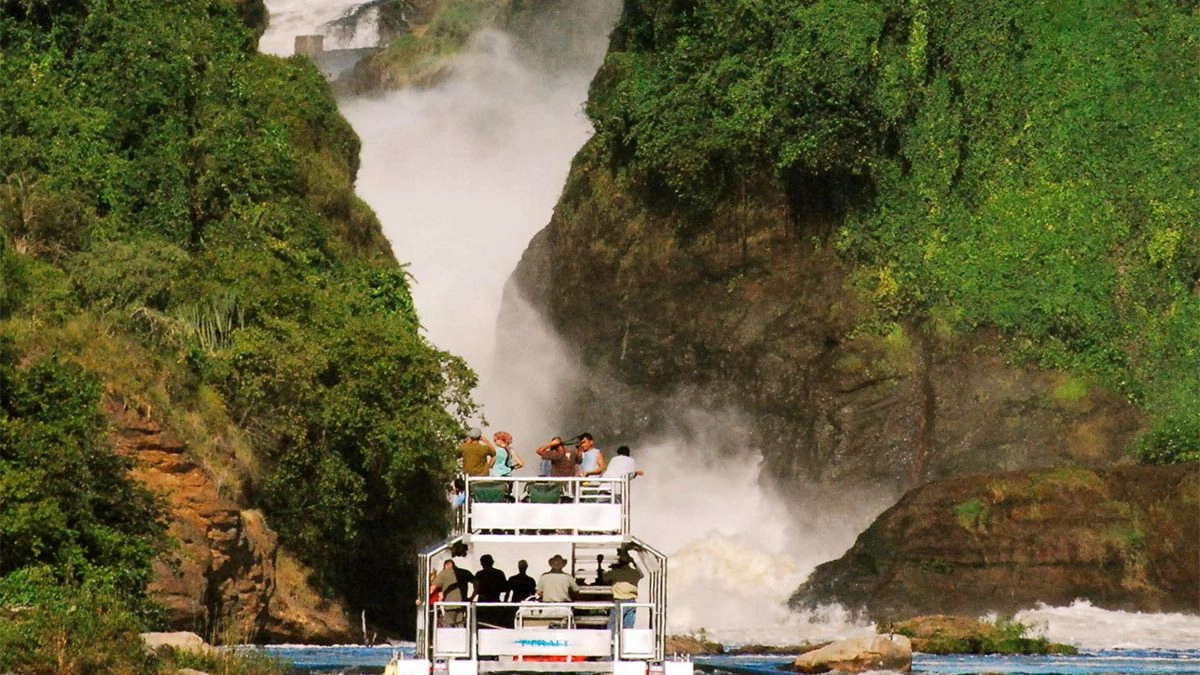
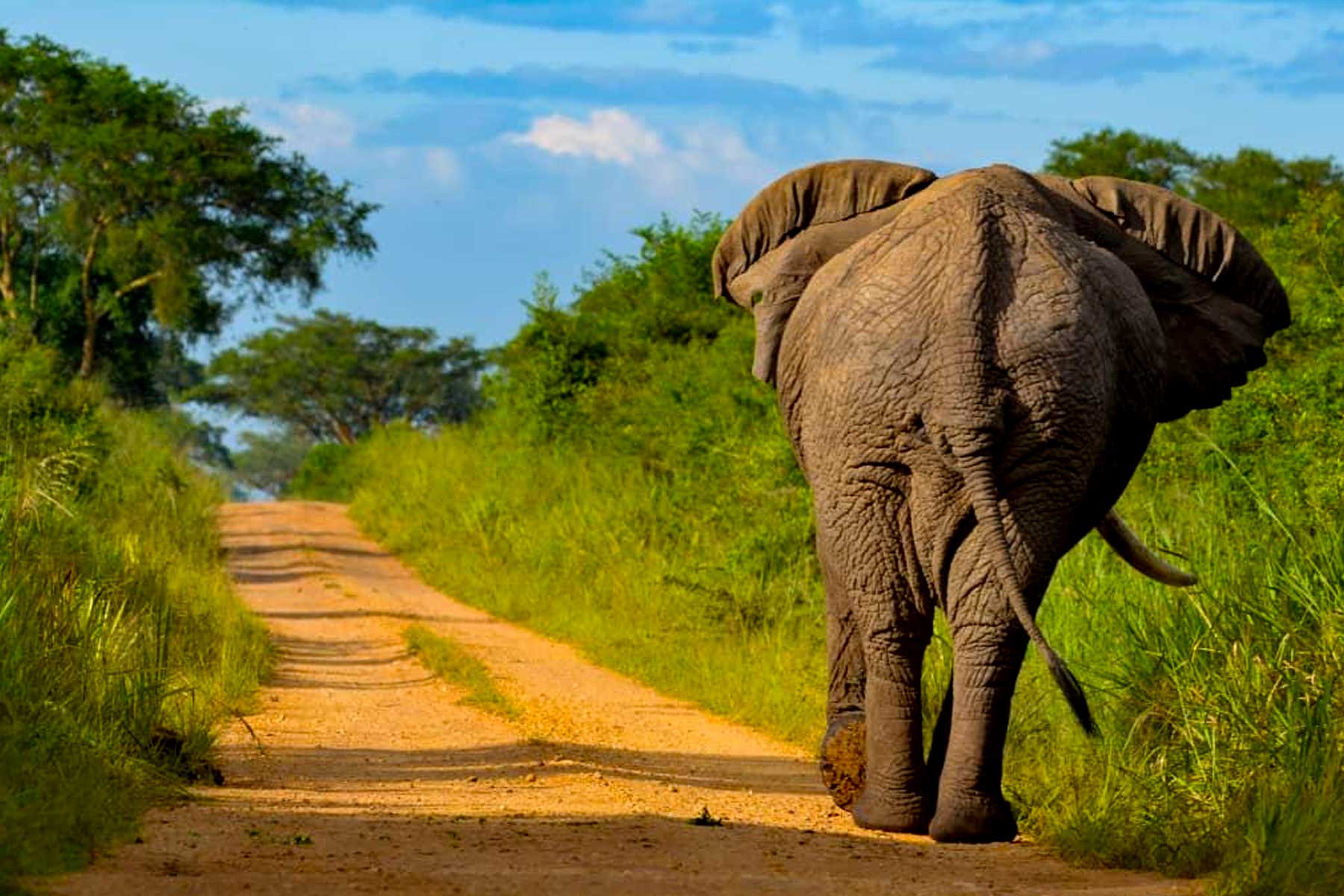
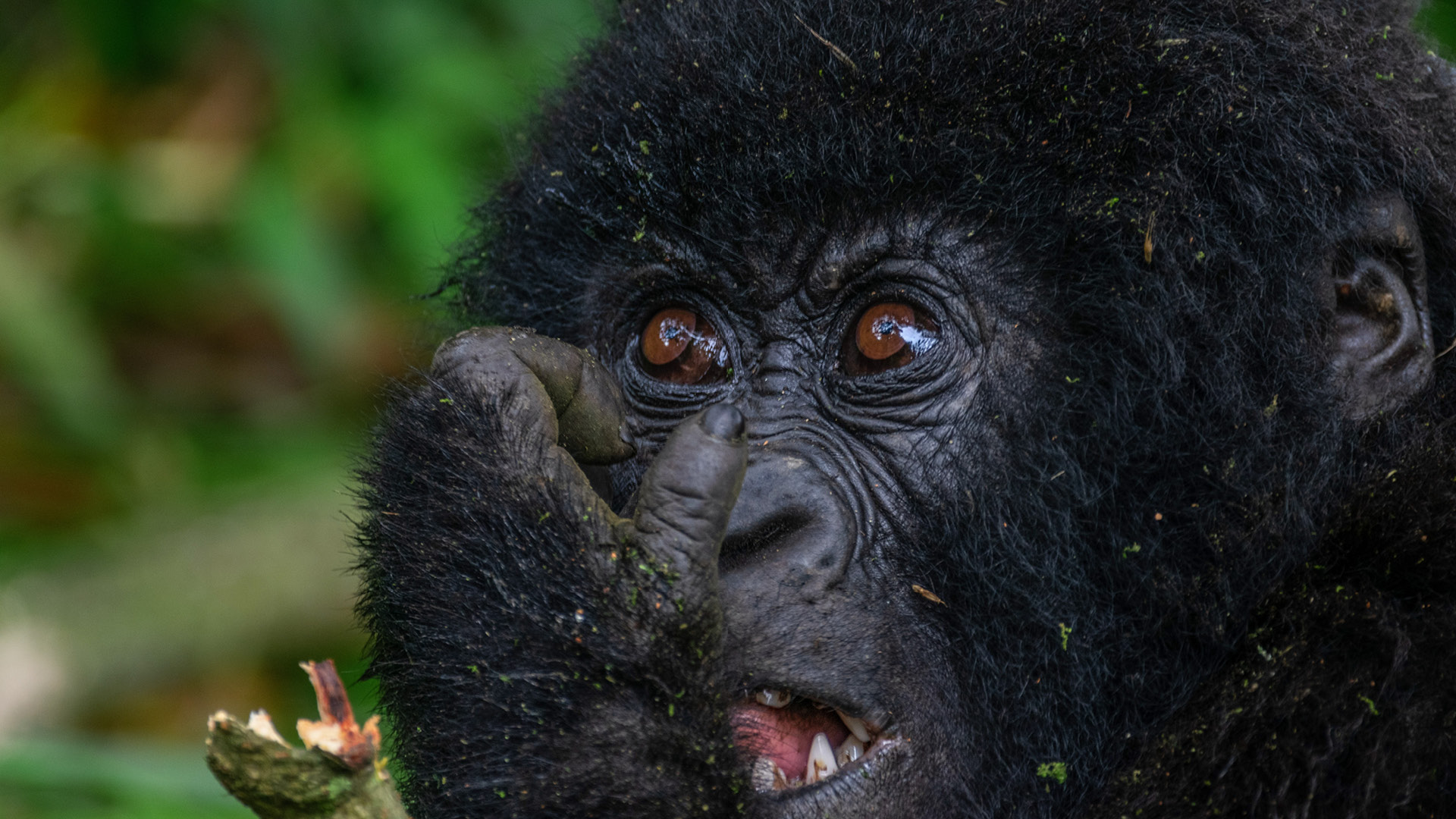
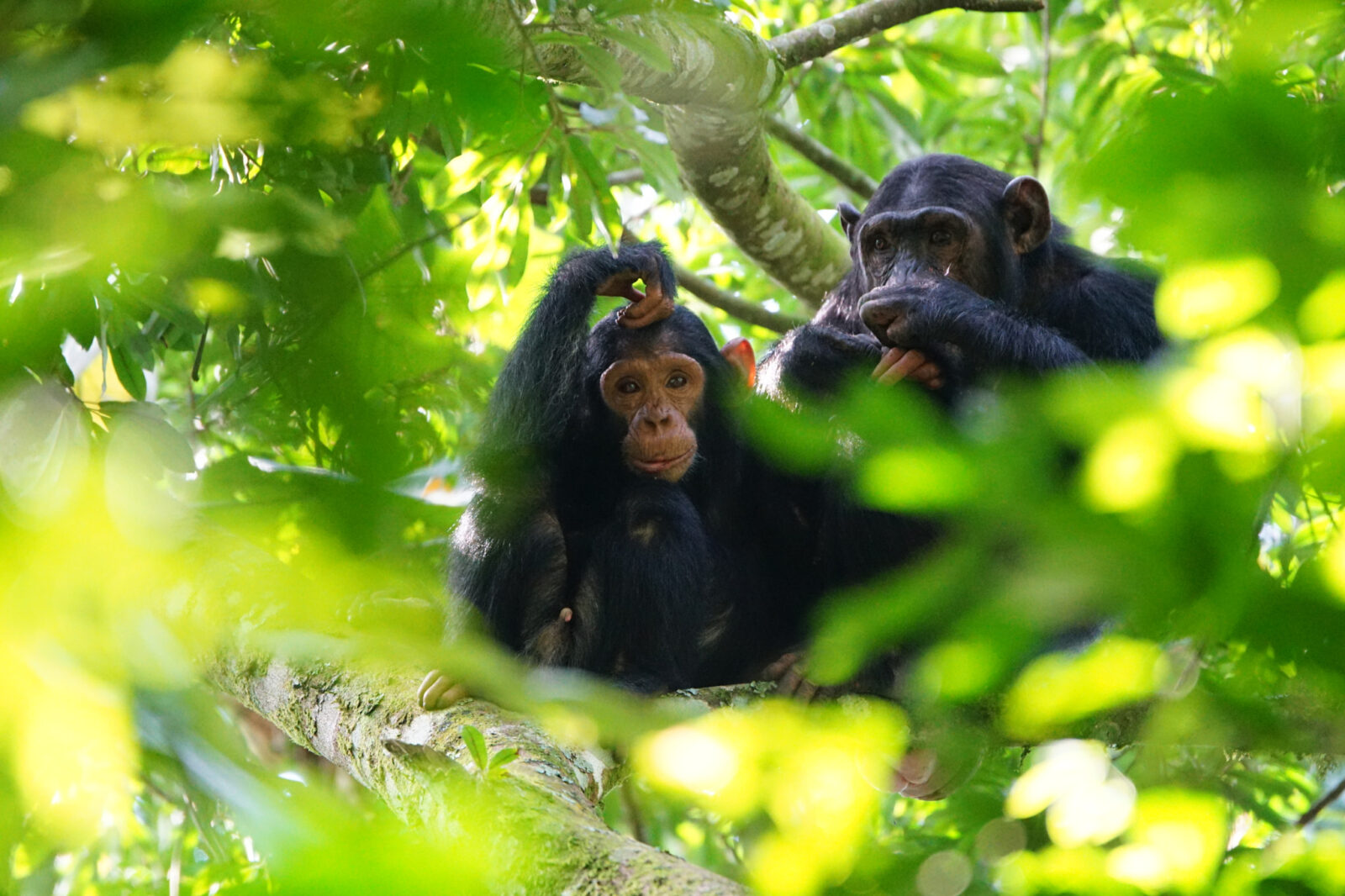
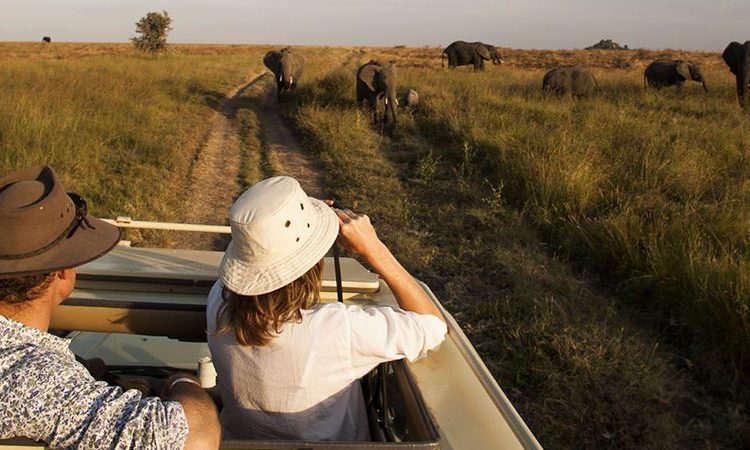

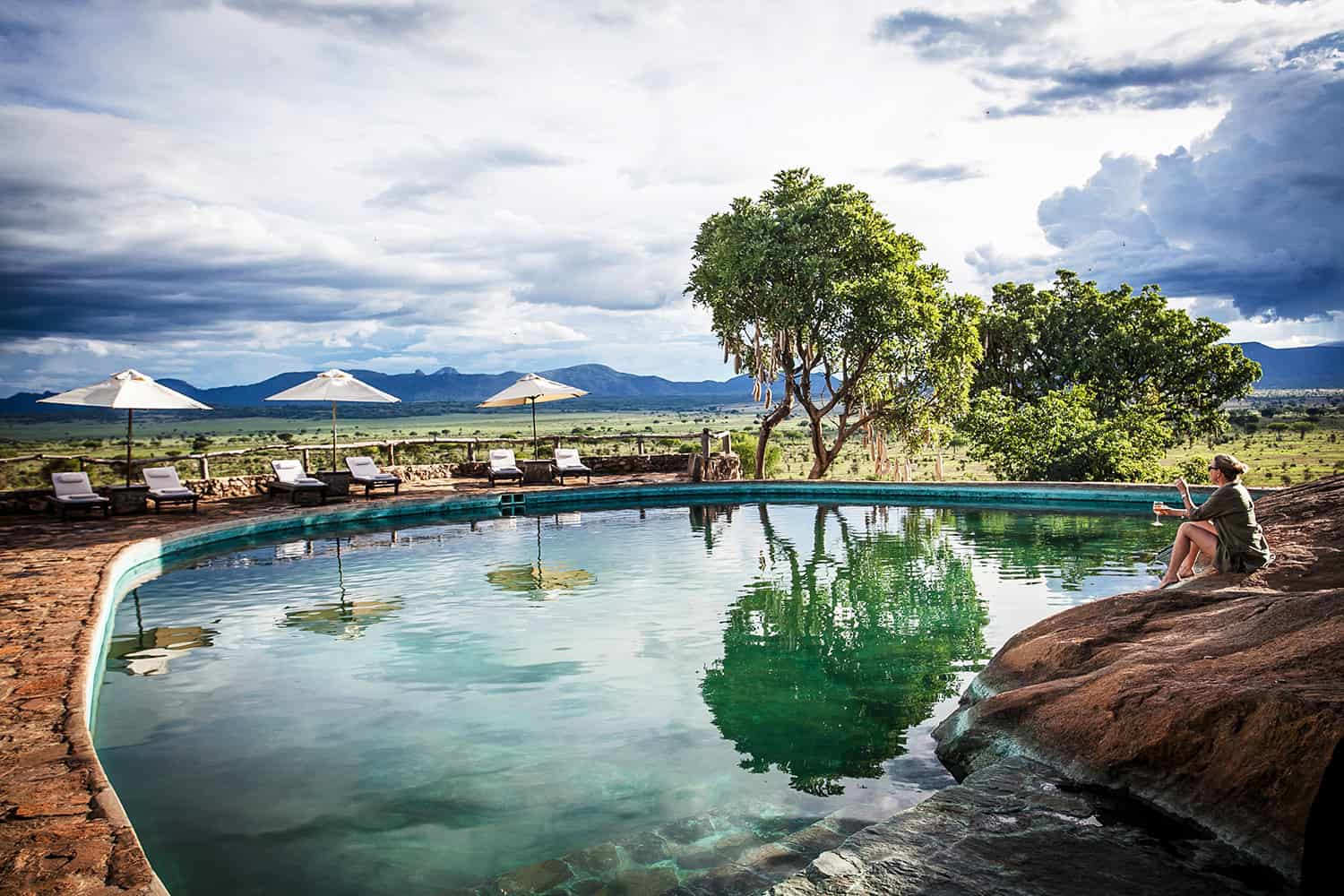

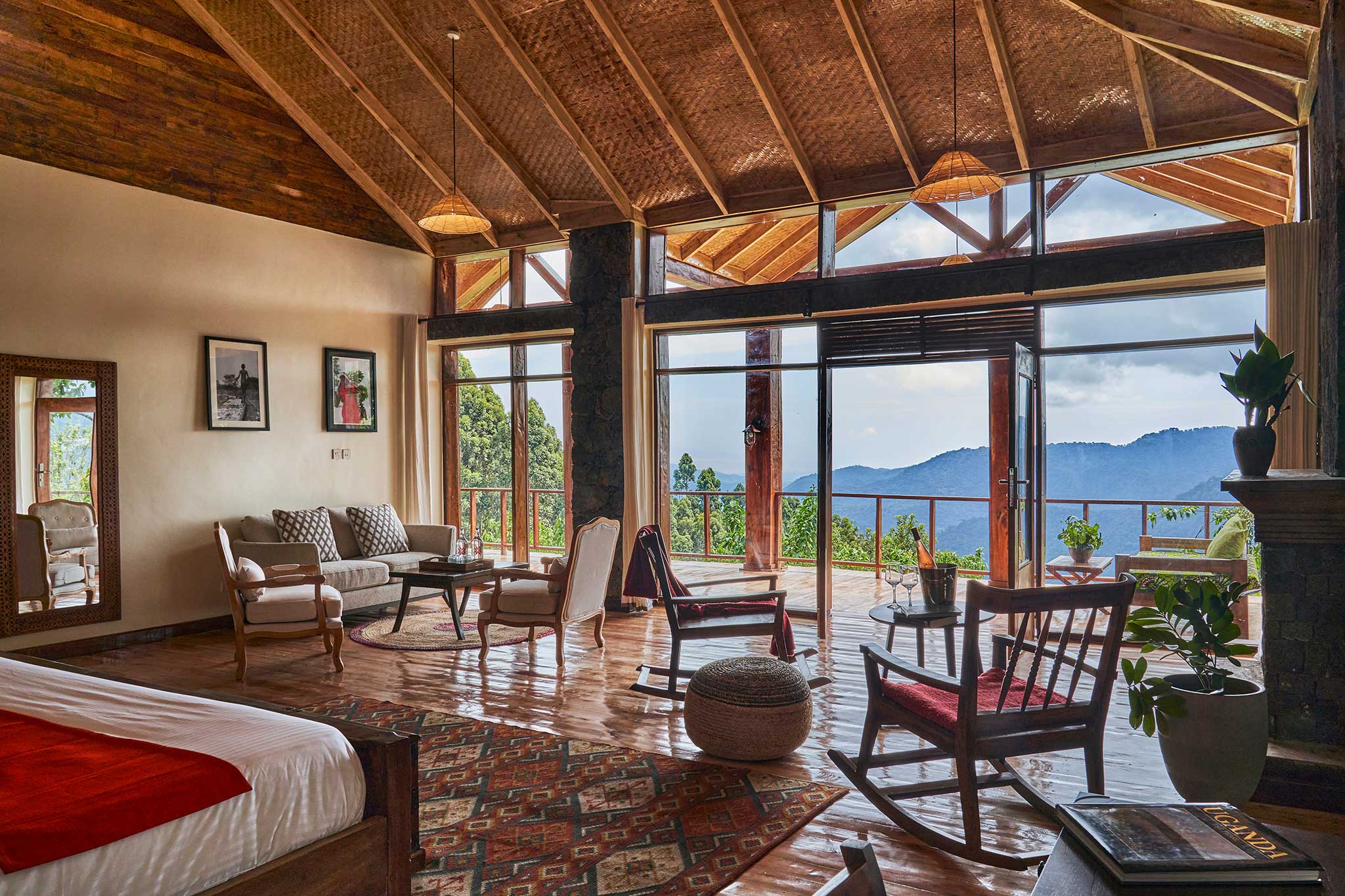
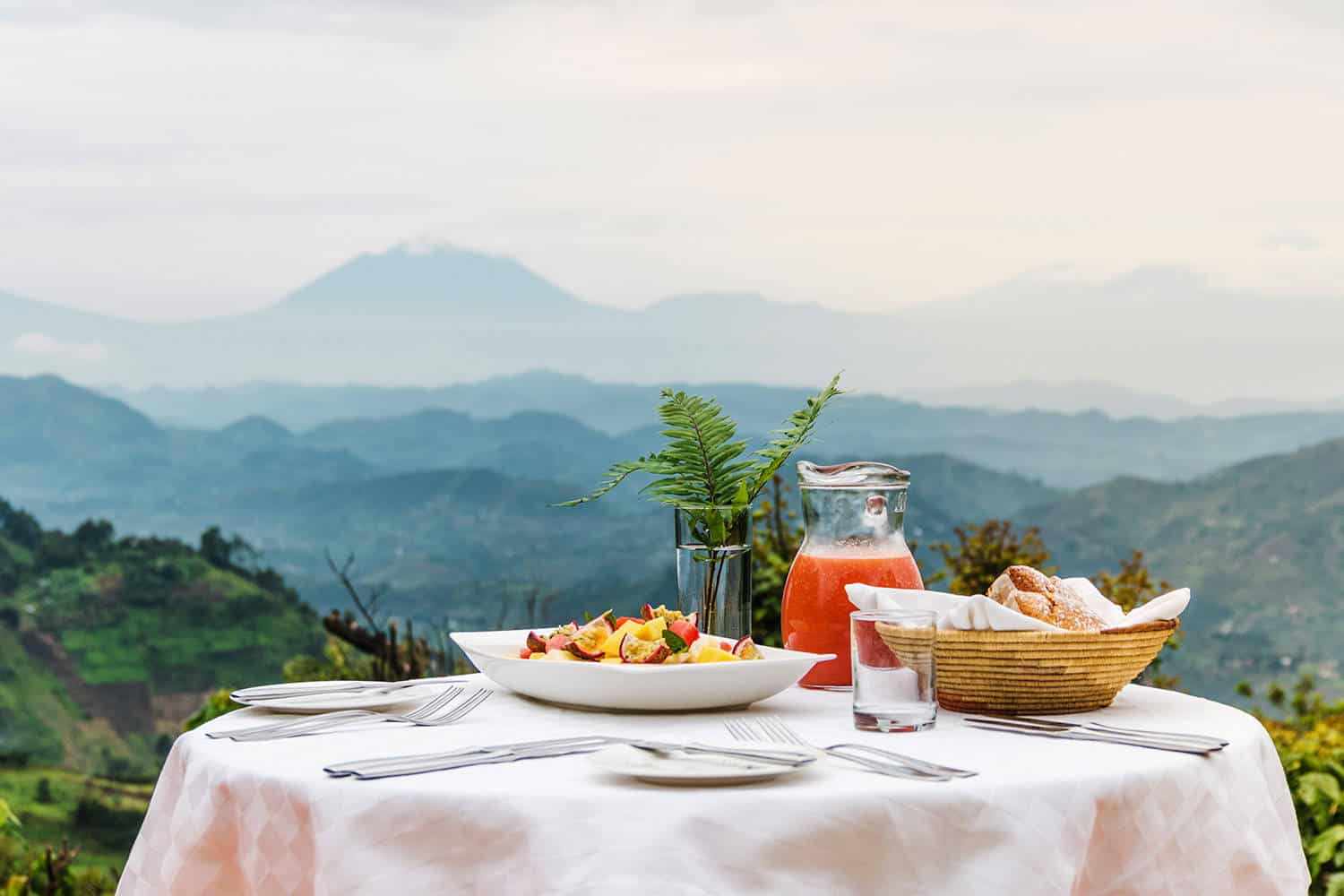

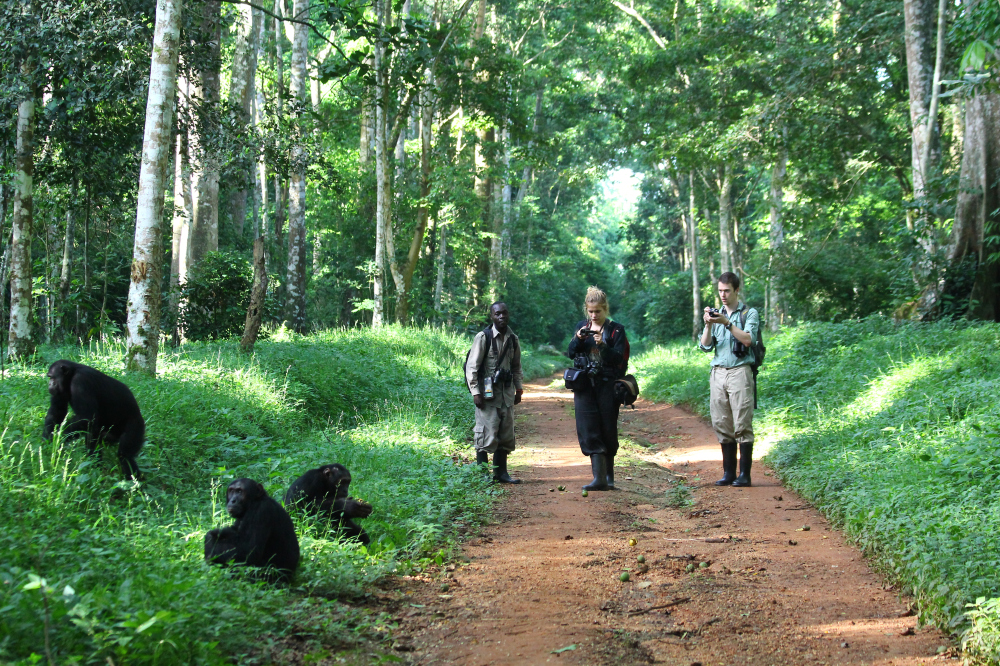
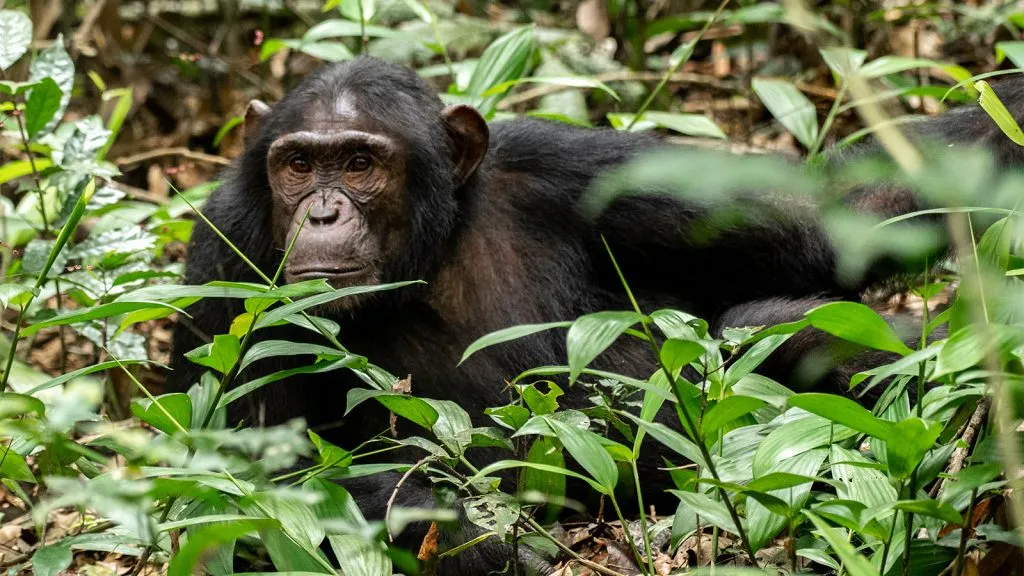
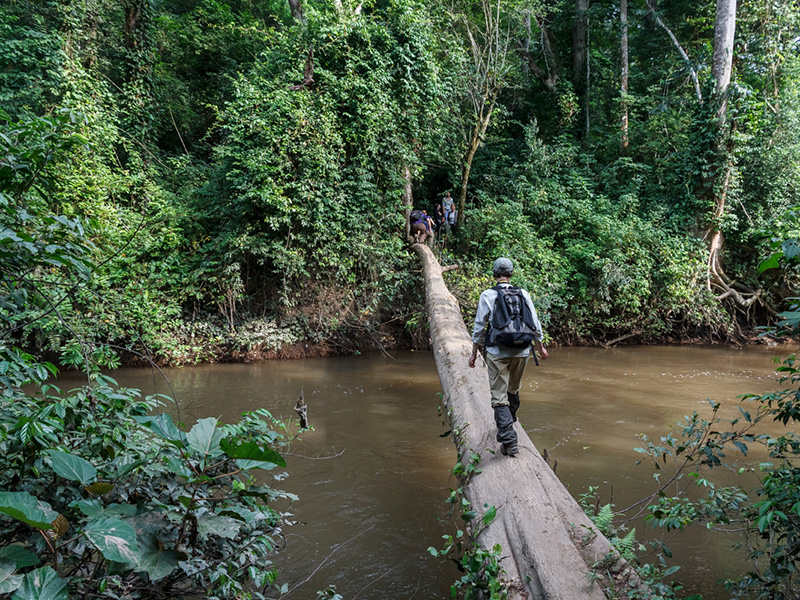
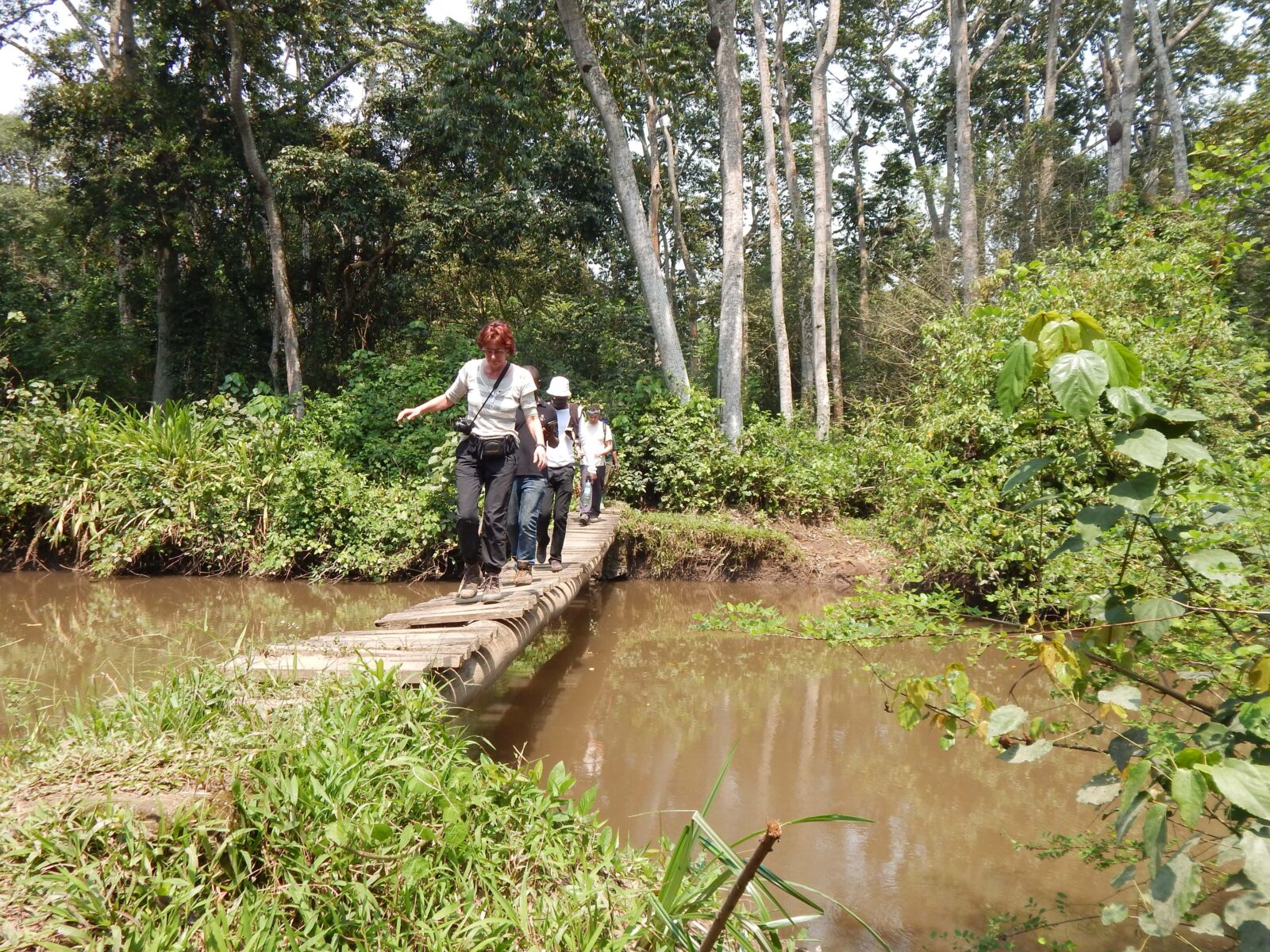

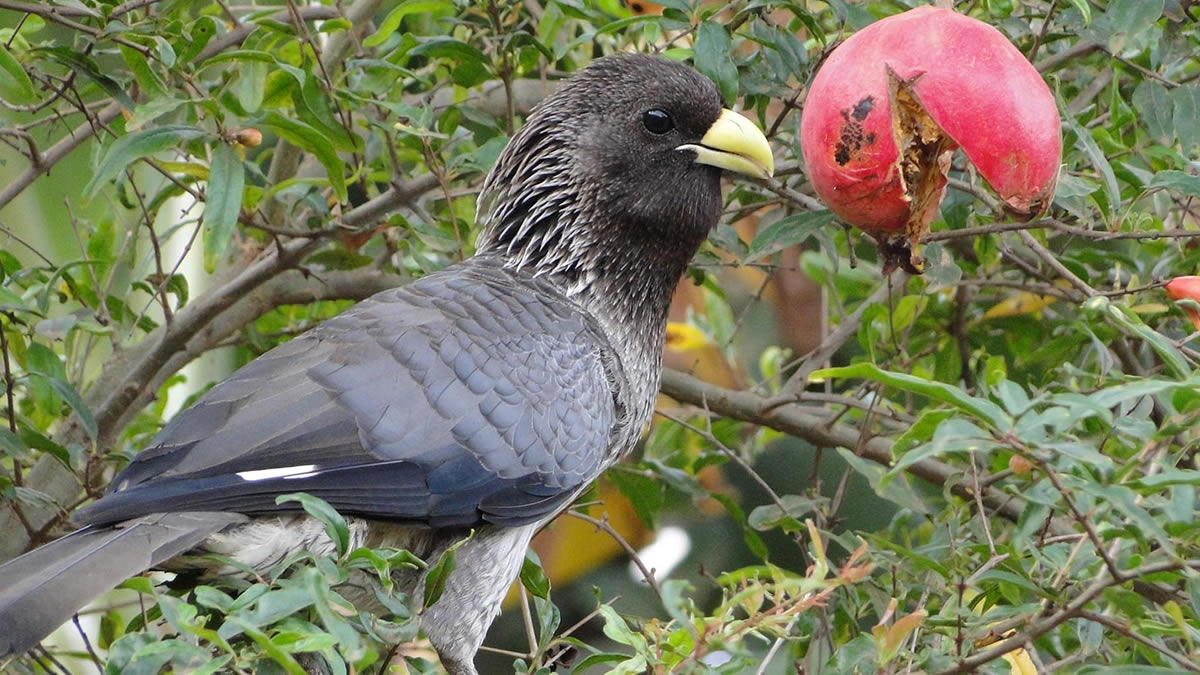
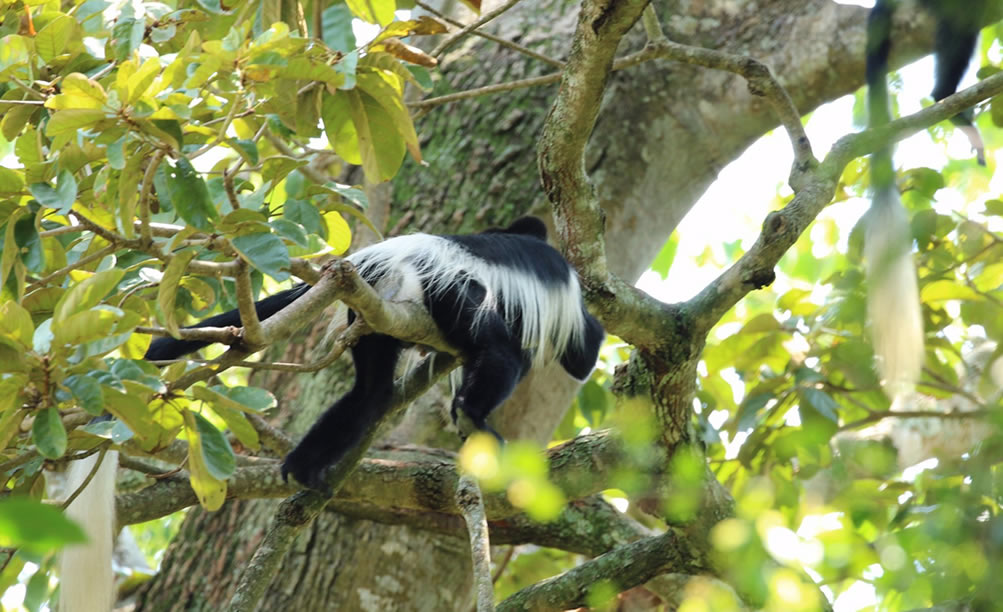
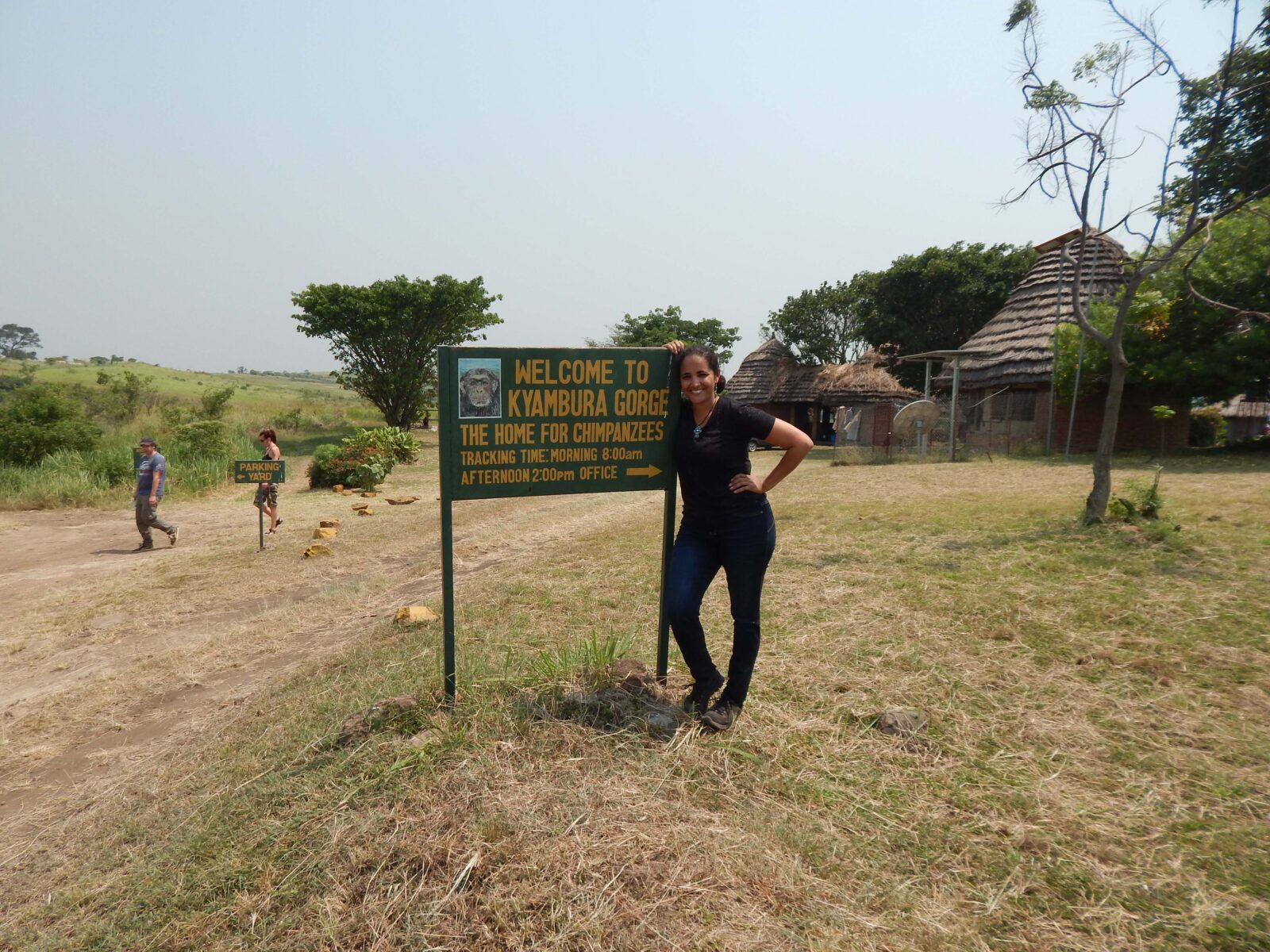
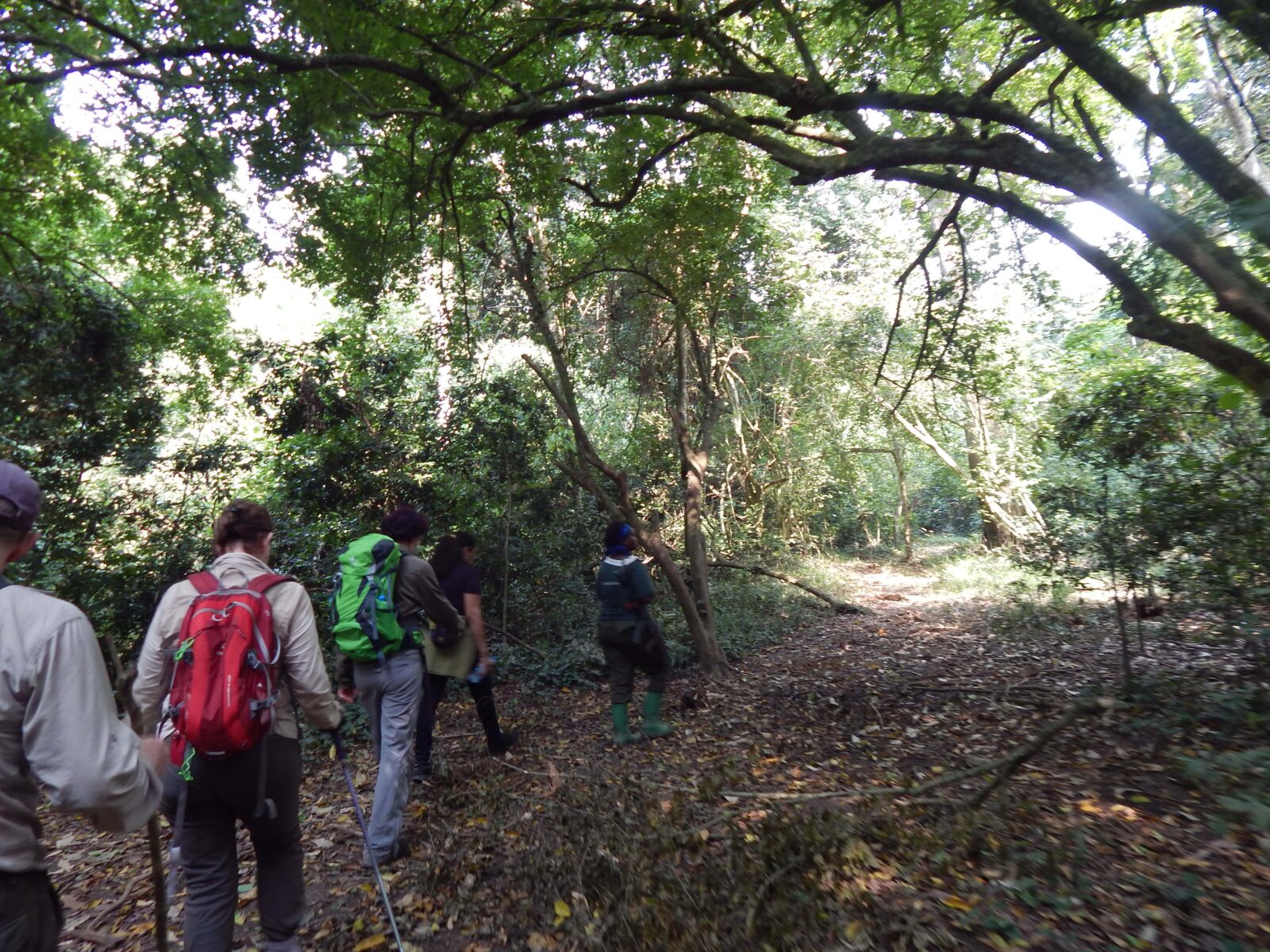
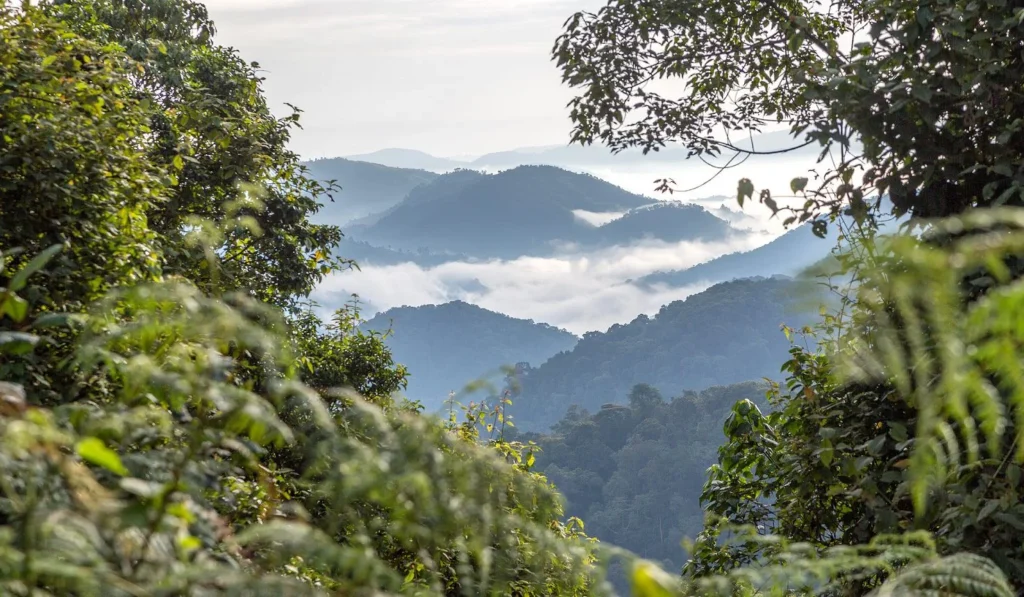
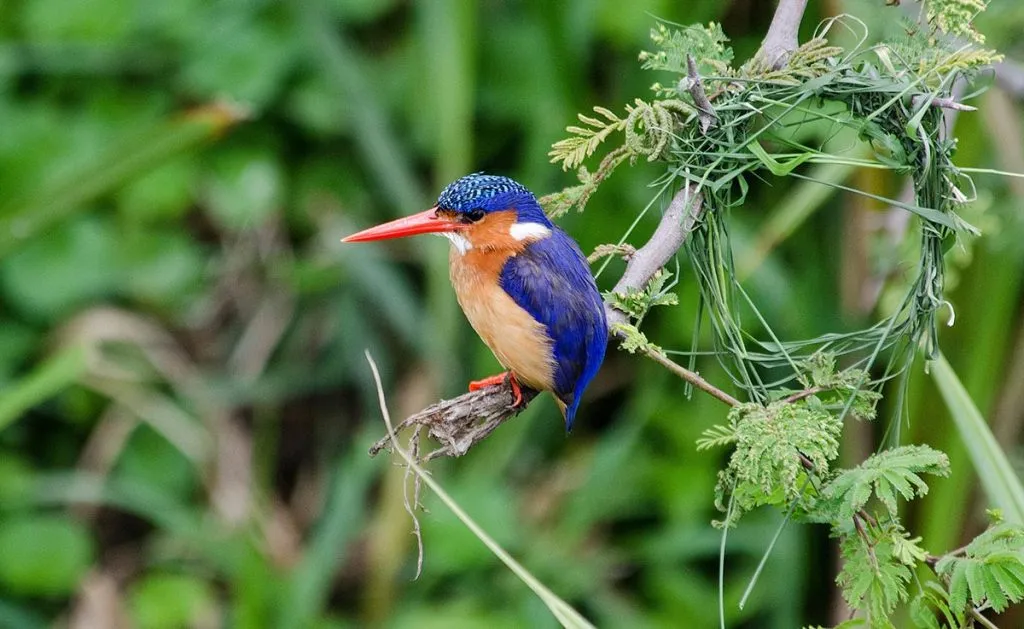
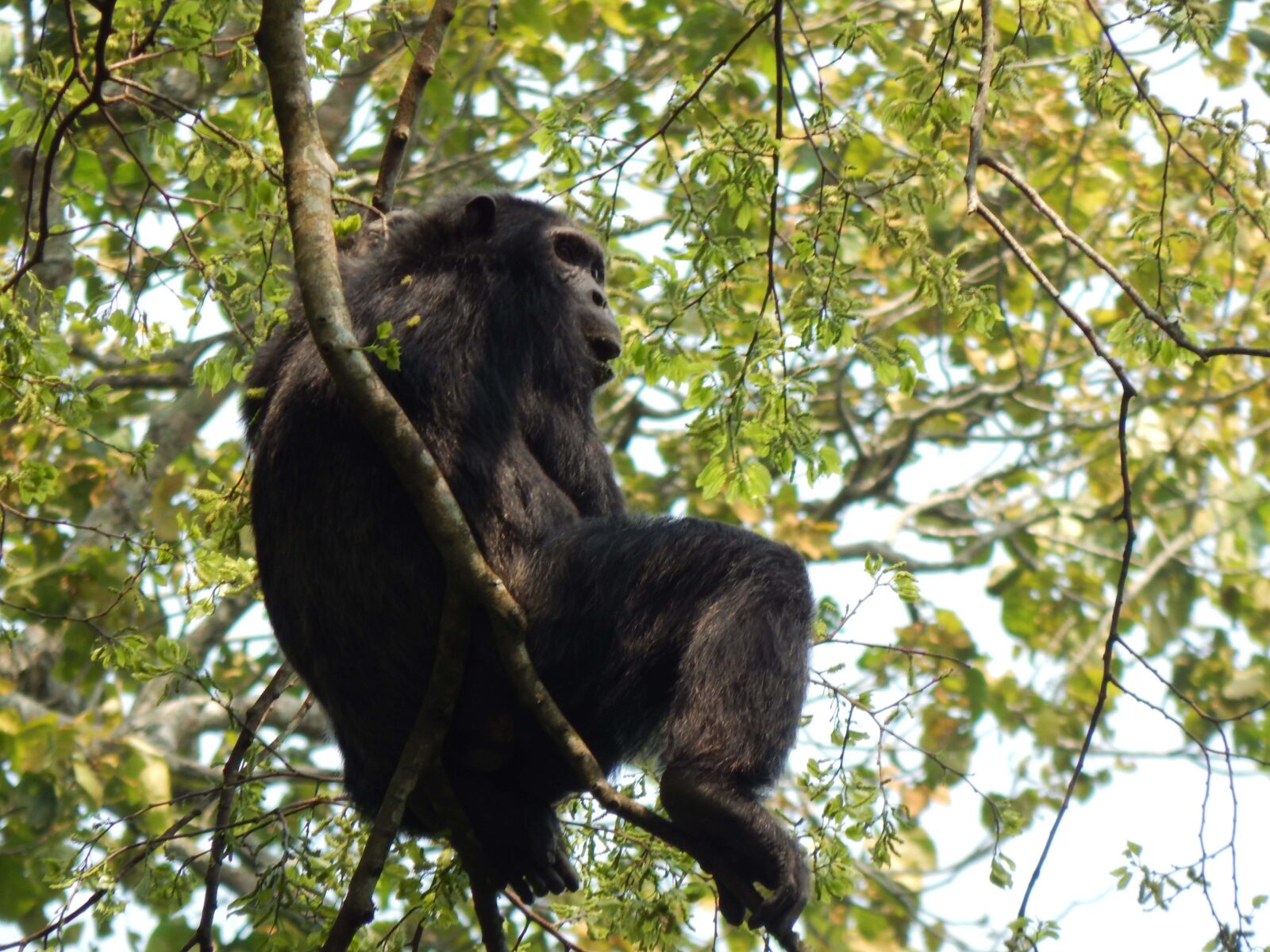

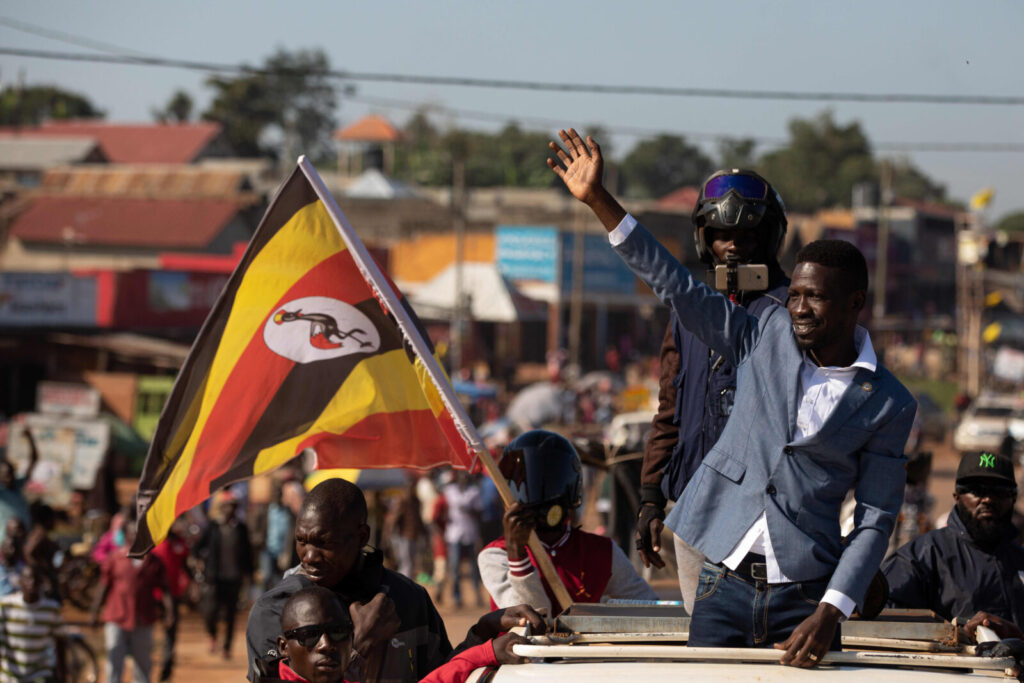
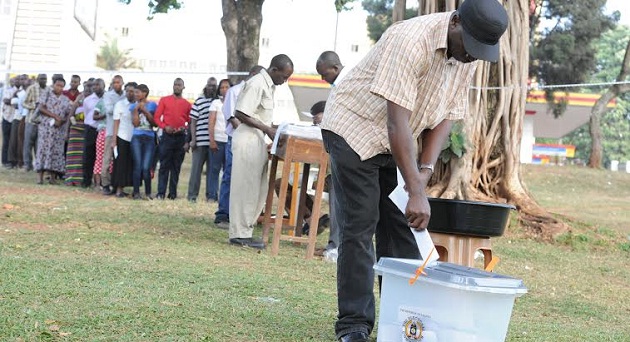
 WildHorn Africa – Authentic and unforgettable tours across Africa, guided by local experts who know the land, wildlife, and culture best.
WildHorn Africa – Authentic and unforgettable tours across Africa, guided by local experts who know the land, wildlife, and culture best.


